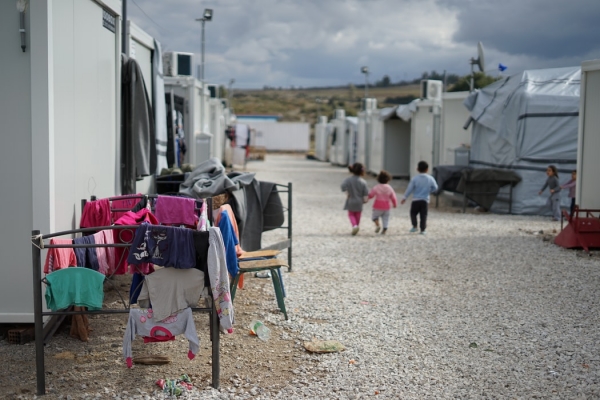As a new year begins, the International Rescue Committee (later referred to as IRC) publishes its Emergency Watchlist report, intended as a humanitarian planning tool to identify the 20 countries that present the greatest risk for deteriorating humanitarian crises in 2021. The main objective is to optimize the preparedness efforts in anticipation of rising crises and better manage planning efforts. In addition, the secondary objective is to raise concern and draw the general audience’s attention to the current crisis, and possible future humanitarian emergencies, by highlighting the crisis’s scale. In order to compile its list, the IRC developed four different measures to identify each country’s scorecard and position, which are human threat, natural threat, existing population pressure and constraints on country responses.
“Unprecedented humanitarian emergencies” is how the report defines the international outlook at the dawn of 2021 as global humanitarian needs and displacements reach record levels. According to the IRC, 235.4 million people are currently in need of humanitarian assistance globally. This figure is a consequence of various factors that converged in the last year: persistent, protracted crises (for example, in the Democratic Republic of Congo or Afghanistan), which are prompting the largest increases in needs on top of those demanded by other global conflicts; climate change, which has amplified vulnerability to some diseases or conflict over limited natural resources; and, lastly, the impact of the pandemic, which is causing a growth of the risk of food insecurity around the world. It is also crucial to consider gender dimensions while analysing these data, as women and girls in the 20 countries mentioned are disproportionately affected by crisis: They face additional systemic barriers when accessing assistance, work and education, plus are more vulnerable to violence and food insecurity.
Where should we turn in 2021 to understand and address the world’s most pressing humanitarian crises? According to the IRC’s report, the most critical humanitarian emergency is in Yemen, where the persisting armed conflict and the drop in humanitarian funding due to COVID-19 are severe contributors to rising food insecurity. Following Yemen, Afghanistan is second on the Watchlist. The figures show the number of people in need of humanitarian assistance for 2021 is nearly double compared to early 2020 because of the lethal combination of violence and the pandemic. Natural disasters are an additional r risk, with the rise of extreme weather episodes followed by population displacement. Third on the list is Syria where 2021 marks a decade of conflict, constraints and obstacles to access humanitarian aid leave many civilians unattended in conflict zones. Furthermore, the economic crisis is exacerbating the critical situation. Other countries on the list (from position number 4 to 10) are the Democratic Republic of Congo, Ethiopia, Burkina Faso, South Sudan, Nigeria, Venezuela and Mozambique. Following those, the bottom half list includes Cameroon, Central African Republic, Chad, Colombia, Lebanon, Mali, Niger, Palestine, Somalia and Sudan.
Although climate change and the pandemic are crucial threats, conflict remains the major cause of global humanitarian need, as the Watchlist illustrates. To act upon the scenario described, the IRC appeals to following these recommendations: target those at risk of being left behind, such as displaced populations, women, children, people with disabilities and other groups that are marginalized by guaranteeing that they are included in the humanitarian response; pomote diplomacy to support humanitarian action and protect humanitarian access, ensuring that aid is based on need rather than who controls territory; support a multilateral, coordinated and harmonized system that aims to efficiently address the triple threat of conflict, climate and COVID-19; and finally, break the cycle of impunity for civilian harm by restoring accountability for violations of International Humanitarian Law (IHL).
To know more, please read:
reliefweb.int/sites/reliefweb.int/files/resources/2021emergencywatchlistirc.pdf
Author: Laura Manzi; Editor: Andrew Goodell







